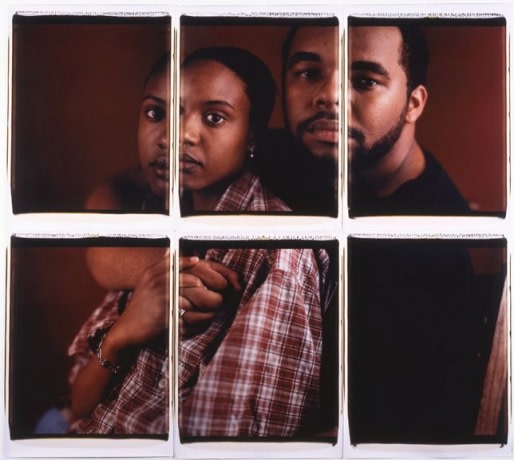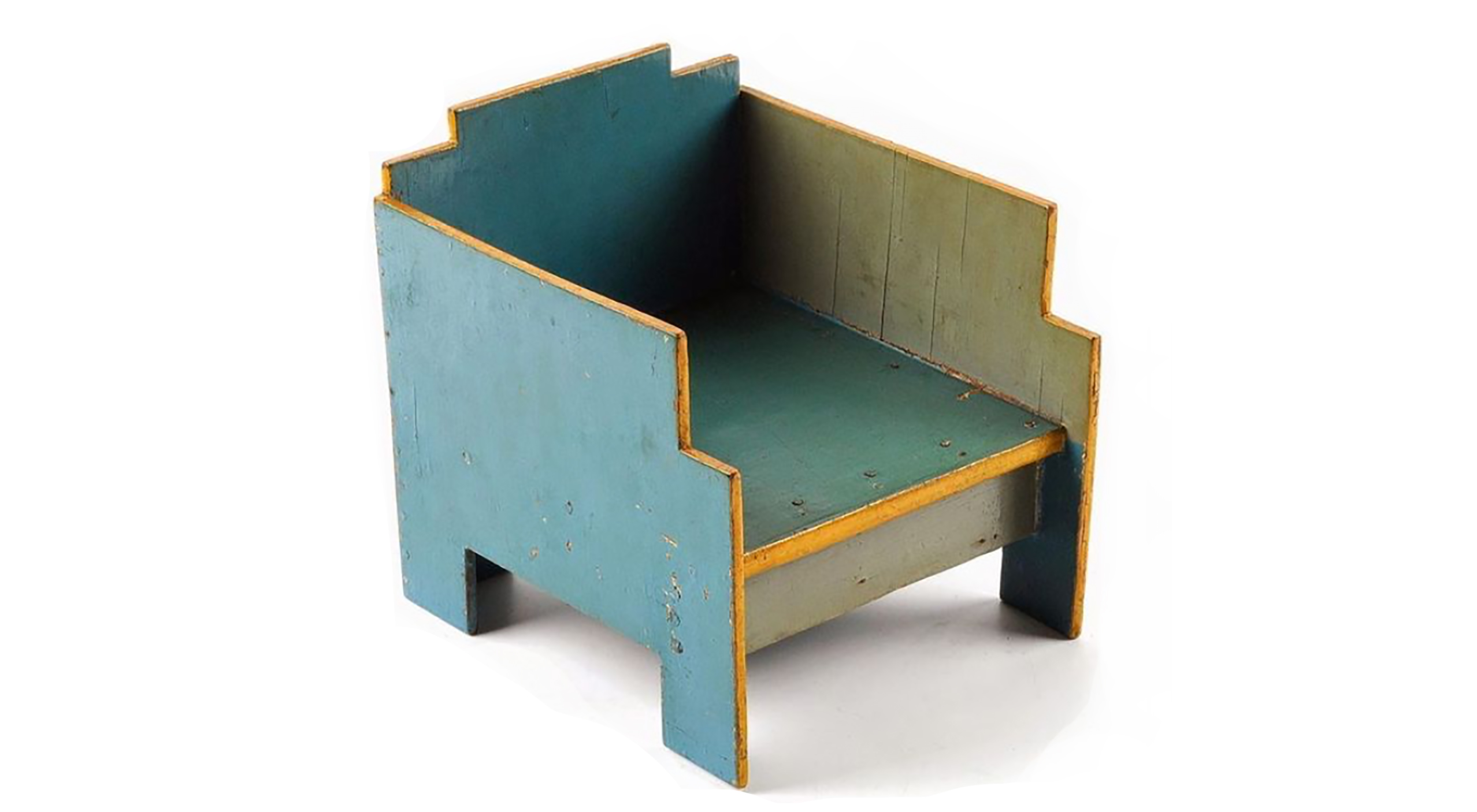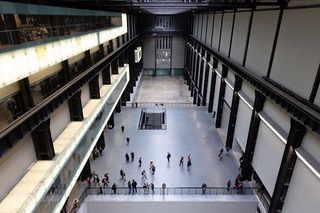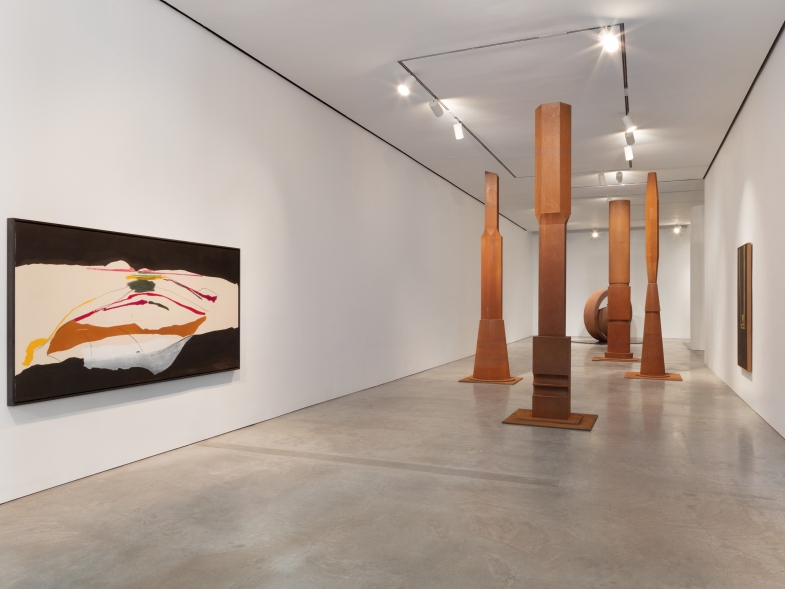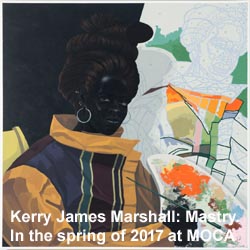Therese Nortvedt: Innocent Celebrity

style="mso-spacerun: yes"> in London is showing new works by
Therese Nortvedt, one of Norway’s better-known artists. Her painterly skills
even decorate stamps in that Northern land, and her works are both in the
collections of the National Gallery in Oslo and by Queen Sonja of Norway. In
fact Queen Sonja, on a recent tour of the gallery’s Bjarne Melgaard exhibition
at Sketch, sent her regrets for not being able to attend Future Players
style=’font-size:8.0pt;font-family:Verdana;mso-ansi-language:EN-US’> because of
conflicting schedules. Since her relocation to London in 2001, Nortvedt now has
been returning to her earlier theme of children. Future Players is Therese Nortvedt’s first show
in the United Kingdom. It is a selection of paintings of celebrity’s children
such as Lourdes and Rocco, son and daughter of pop star Madonna. Lourdes in
particular appears in seven works, and there is even a painting of Madonna as a
child (English Rose.)
The theme of painting children,
whether unknown children, those of celebrities or even the artists’ own
children, can be found throughout centuries of art history. Picasso’s Child
Holding a Dove might be one of the best-known works of art showing a
child. In fact, his own children Claude and Paloma (a famous artist in the
glamorous world of jewelry herself) appear in a number of his paintings in the
1940s, as well as his son Paul, who appears in Paulo on a Donkey
style=’font-size:8.0pt;font-family:Verdana;mso-ansi-language:EN-US’> and Paul
dressed as a Pierrot. What is
special about Therese Nortvedt’s paintings of children? The answer is simple:
Nortvedt and her theme reflect the development of the 21st Century
both in art history and in common thinking processes. Women today, who have
conquered the world through their work, highlight the importance of motherly
intuition through their art. The artificial skills and sensitivity of feminine
stars like Nortvedt and Madonna have gained the applause and approval of a wide
public.
Nortvedt, who draws stylistically
from the portraits created by the French Impressionists (not to mention the
Pre-Raphaelite Brotherhood, the Barbizon School and other turn of the century
symbolists), made waves in the mostly male-dominated art sector of Scandinavia.
Now she is making waves in the equally male-dominated of children’s
portraiture. Numerous “Sons of the Artist” can be found in the world of
portraits of children. Apart from
Picasso’s work, Claude Monet’s Camille with Jean in his Cradle
style=’font-size:8.0pt;font-family:Verdana;mso-ansi-language:EN-US’>, Paul
Cezanne’s Portrait of Paul Cezanne, Peter Paul Rubens’ Son of the
Artist and Auguste Renoir’s Jean Renoir as a Hunter
style=’font-size:8.0pt;font-family:Verdana;mso-ansi-language:EN-US’> are just
some of the paintings to be named.
Furthermore, in Future Players
style=’font-size:8.0pt;font-family:Verdana;mso-ansi-language:EN-US’> Therese
Nortvedt shows almost exclusively the children of celebrities. Lourdes, the
daughter of Madonna is shown in several small and large paintings, as well as
Rocco, Madonna and Guy Ritchie’s son, who appears in Nortvedt’s work Fairy
style=’font-size:8.0pt;font-family:Verdana;mso-ansi-language:EN-US’>. In Bogeyman
style=’font-size:8.0pt;font-family:Verdana;mso-ansi-language:EN-US’> Rocco is
shown together with his father. In images called Trust
style=’font-size:8.0pt;font-family:Verdana;mso-ansi-language:EN-US’>, the
artist displays the children of Michael Jackson, Prince Michael and Paris.
Here, the reoccurring projection of hands, a theme that can be found in works
from Buonarroti Michelangelo to Marcel Duchamp, symbolizing divine creation,
identify Michael Jackson both as father and caring parent. It is ambivalent,
especially with recent news events, of the artist’s opinion of Michael
Jackson’s parenthood.
Nortvedt’s theme of celebrity’s
children is interwoven. The artist’s sensitivity crosses borders of time and
generations, reminding that the parents of these children are children
themselves. In Worldpool she has thus painted Madonna, Posh Spice and
Elizabeth Hurley taking a bath in a pond; an image that is both innocent and in
its mythological references magical and somewhat ominous.
style="mso-spacerun: yes">
In her paintings, Nortvedt neither
glorifies these children nor does she try to uncover or speak about their
personalities. The faces and shapes remain untouched, the features posses an
aura but the exact content of this ethereal glow are not being revealed.
However, without overexposing, Nortvedt embraces such media haunted children
with the spirit and love of a mother through her sensitive art.
style="mso-spacerun: yes">
The show Future Players
style=’font-size:8.0pt;font-family:Verdana;mso-ansi-language:EN-US’> reflects
modern zeitgeist. “Material Mums” like Madonna and Nortvedt dedicate the pace
of 21st Century art. Like Michael Jackson participating with Bob
Geldof in “We are the world, we are the children” and having proved in his
numerous projects for children, all these artists create a place for children
both in contemporary art and in modern life style. Their own personal art de
vivre as well as their works of art give evidence of this. Art, parenthood,
“common” children as well as “celebrity’s” children, and the public concern of
famous women about the world are hot themes in the contemporary art movement. Future
Players took place shortly after an art project in association with Tate
Liverpool: Imagined Worlds of Stars and Celebrities
style=’font-size:8.0pt;font-family:Verdana;mso-ansi-language:EN-US’>. In the
scope of the Tate’s exhibition Pin-up: Glamour and Celebrity since the
Sixties children were encouraged to create their own artworks connected with
the topic.
Nortvedt obviously cares. She
seems to be the great “material mother” in contemporary art, who wants to
embrace and protect the entire world. When being interviewed on her image
concerning a stamp that was especially issued for St. Valentine’s Day showing a
heart with a supervising eye in it, Therese Nortvedt stated:
“I feel that my stamp has given me
a unique chance to reach far more people than I usually do. Paintings are often
too expensive for ordinary people to buy and exhibitions are held in one place,
not all over the country.”








